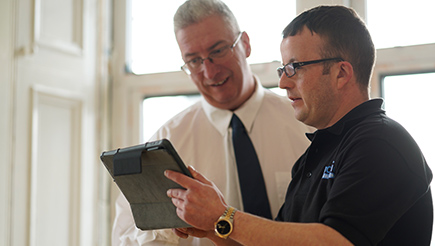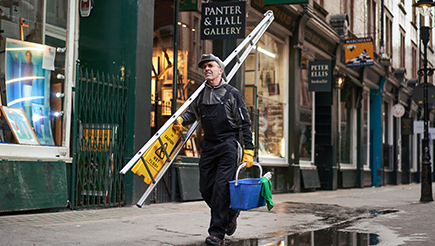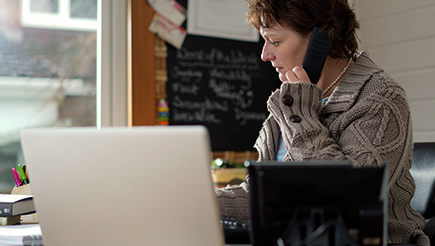For many small businesses, the health of their profit margins could be tied to the health and safety of their staff and everyone who comes into contact with the business in its daily operations.
In 2021-2022, there were 1.8 million incidents of work-related injury or ill health, which led to 36.8 million days of lost work in the UK. And even if you have put meticulously planned health and safety measures into action, accidents in the workplace can affect anyone and can cause your business costs to rise (or profits to fall) unexpectedly.
To help, we’ve rounded up some easy-to-implement checks and safety measures that could help you keep the health and safety of your employees and customers at the forefront while helping to minimise the chances of accidents in your workplace.
Train your team
Even if you employ just one member of staff, you should make sure that your employees are aware of any potential risks in the workplace, as well as the policies and procedures in place that keeps their safety paramount. This should include information about how they're responsible for protecting members of the public as well as themselves. If possible, you should keep health and safety training records to help you keep track of whether staff are aware of existing and new safety measures introduced to your business.
Display your policy
Awareness plays a large part in preventing accidents. Displaying your health and safety policy where it’s easily viewable will ensure that all employees are mindful of their responsibilities in the workplace while helping to make visitors, customers and clients aware of any risks. If you haven’t created one yet, why not make a start using the Health and Safety Executive’s (HSE) template?
Use signage
If you have business premises, you’re responsible for fire safety and must display details about fire evacuation in easily accessible locations. Use a free risk assessment tool to help identify the hazards affecting your business and select the right warning signs to display throughout your premises. Whether it’s ‘wet floor’ warnings, ‘hot surface’ signs or hygiene posters, use them to catch the attention of your employees and customers and educate them on how to stay safe.
Tidy tripping hazards
Slips, trips and falls are the most common workplace accidents. Try to encourage your staff to spend time a little time each day tidying away tripping hazards like boxes and avoid trailing electrical cables across walkways. If you can’t avoid it, secure them using cable tidies and strong tape.
Prepare your first aid kit
As the saying goes: fail to prepare, prepare to fail, so a well-prepared first aid kit is a crucial tool in emergencies.
As a minimum they should contain a leaflet explaining basic first aid, assorted general plasters, bandages and eye pads that are sterile, individually wrapped and hypoallergenic, as well as disposable gloves and wound dressings. Crucially, first aid kits should be stored in a designated, easily accessible place in case they’re ever needed.
Protect your business
However much work you put in, there’s always a chance something will go wrong. To avoid potentially crippling compensation or legal costs, consider taking out public liability insurance. It’s not a legal requirement, but will help cover your business against claims made by members of the public, customers, clients or passers-by.
All links are checked and valid at time of publishing, 20 June 2023.






